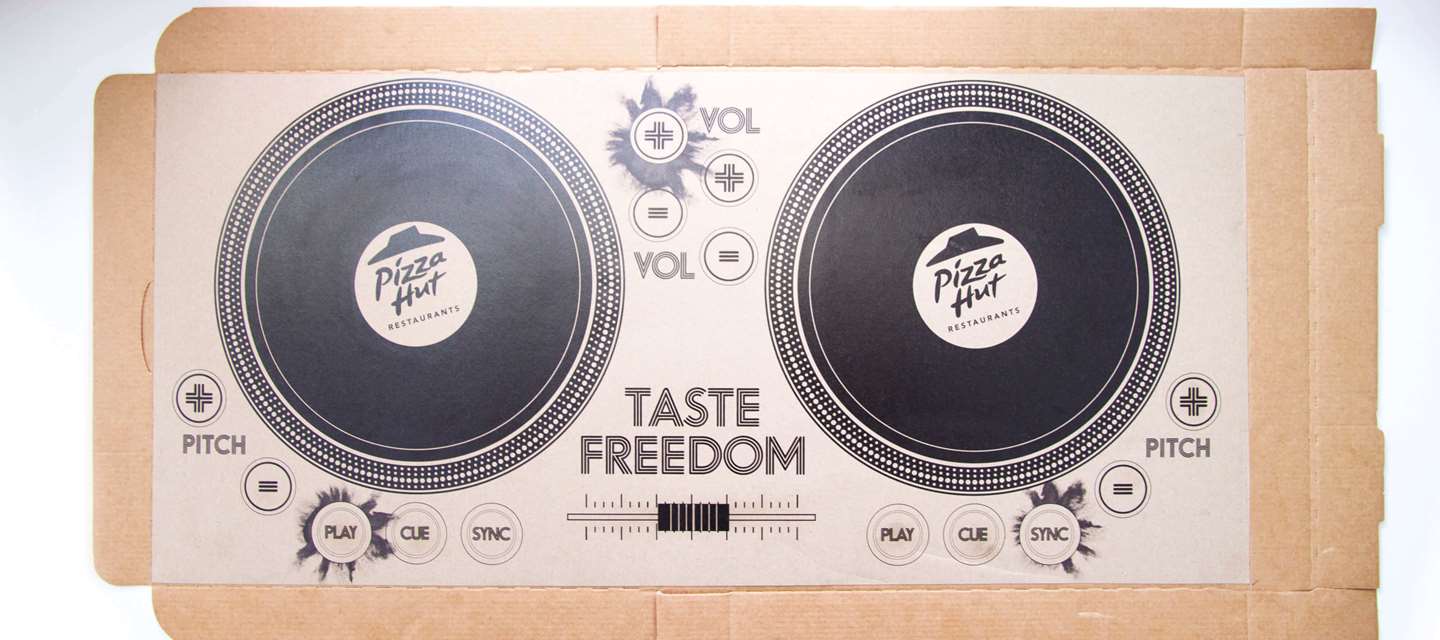The power of print at a glance
- Use existing technology to create experiences that have never been seen before
- The platform, production processes and software tools are there – you just need imagination
- Don’t underestimate the importance of nostalgia – or an object’s passage through time – when trying to connect with people
Kate Stone is on a mission. Her aim? To highlight the vital role paper and ink play in our electronic future.
Her company, Novalia, uses regular printing presses to manufacture interactive electronics combining touch-sensitive ink technology with printed circuits. On paper, that all sounds very impressive – but for Stone, it just doesn’t tell the story effectively enough.
“It’s like describing a magic trick: it’s so much easier to show what we do,” she says. “Ultimately, we want to create an experience – and if it was easy to describe, it wouldn’t be a very good experience. If we were to make a video [about it], I would rather just film people’s faces and reactions to it, rather than the thing itself.”
When you have an idea to sell, however, needs must.
Unlocking new experiences
Stone is passionate about communicating how existing print technology can be used to create something brand new, engaging and – crucially – cost-effective. “It’s about integrating the things that are already around us – and have been around for years,” she says. “For example, we might use the same sort of audio chip that’s been in a [McDonald’s] Happy Meal toy for years.”
The process is relatively simple. Carbon-conductive ink is printed onto a sticker or label. On one side is a printed graphic; on the other, a small circuit board. By touching the graphic, you connect the circuit. The result? Connected print.
So far, so Happy Meal. But the difference here is that the ink can be used as a conductor to send a signal via Bluetooth to a computer, or to activate an audio chip. The ultimate aim, Stone explains, is “to unlock some kind of experience that has never been seen before”.
What Stone and her team at Novalia have invented is not a new product per se, but rather a new possibility. “I get asked a lot: ‘If you could create one product, what would it be?’” she says. “But that’s not what I’m trying to do. I’m trying to create a platform – a toolkit and production processes that can be licensed by anyone, and software tools that are easier to use than a social-media app.”




